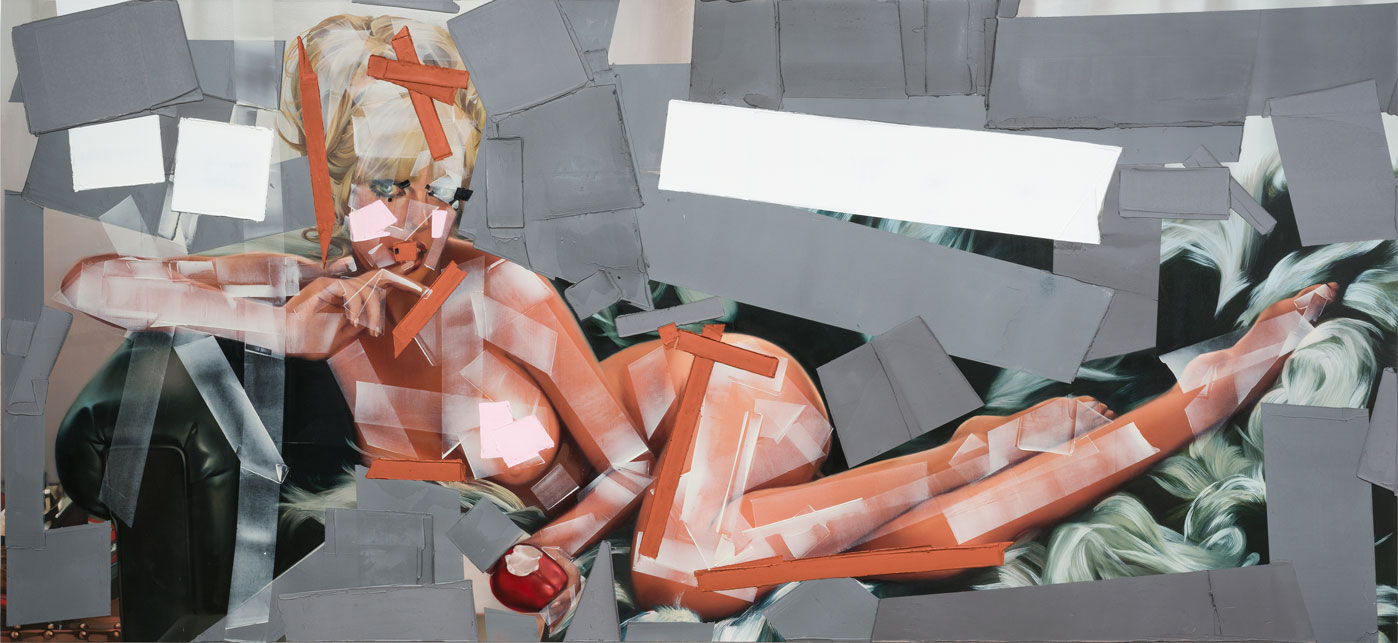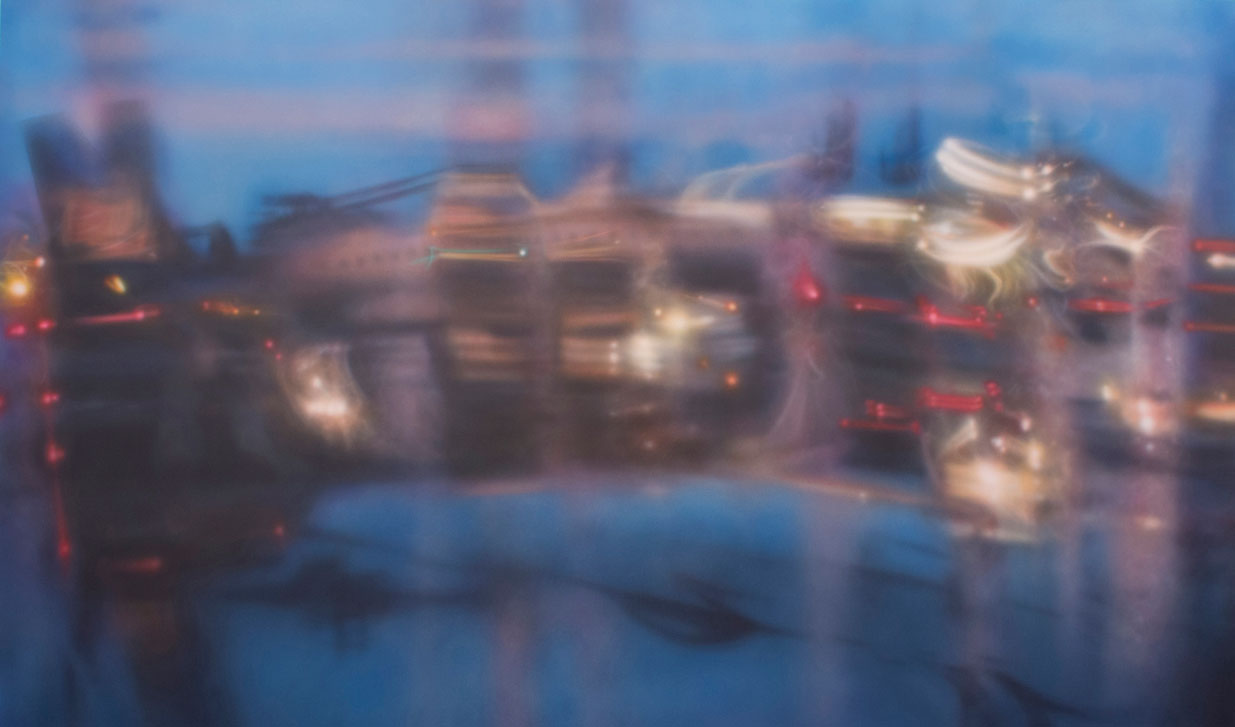In this two-person exhibition of paintings, drawings, collages, sculptures and writing, Rebecca Campbell and Samantha Fields mine their own personal histories, passing them through the filters of their respective multifaceted art practices, and elevate them to models for critical appraisal, both art historical and social.
Starting with the curatorial premise that each artist pick an image from around the time that she was born, and, branching out from there by delving into their recent and past output, forging a collaborative improvisational “call-and response,” they provide us with a compelling view into the ad hoc community we call the “art world.” Fields’ Transplant (2015), a work referencing the 1972 landfall of Hurricane Agnes, and Campbell’s Miss April 1971 (2015), a painting derived from that month’s Playboy magazine centerfold, are the loci of this 18 month collaboration in which each work prompted the other artist to create or select additional artworks in an interweaving of thematic leads.
Transplant, from Fields’ most recent photo-based body of work in which she paints landscapes that she traverses, reflects the deformations and modifications brought about by her use of film. Whether representing lens flares or digital blurs brought about by the camera itself or the streaking and flattening of light as recorded through windows and windshields, Fields points the viewer at both the representational and pictorial aspects of her images. Campbell’s painting diverges slightly from her previous interest in autobiography and documenting women she knows: with Miss April 1971, she toys with paint to obscure and draw attention to the nude while engaging formal aspects of painting through a calibrated and systematic use of palette knife swatches and large blocked-out fields of white and gray. Both artists seem to encourage the viewer to oscillate back and forth between seeing their painting as something representative in the world or as paint, which acts in and of its own material accord.
The differences between the way these two artists are normally categorized (simplistically reduced to atmospheric landscape painting for Fields and figurative feminist painting for Campbell) are quietly and effectively dismantled in the overlapping works taken from different times of their overall production and in the multiple vitrines containing drawings, thumbnail sketches, photo-collages, and test paintings from the artists’ studios. In these and in each artists’ writing, themes and ideas are played out in a far less easy to categorize way. The complexity of an artist’s practice is much more effectively delineated in the disorderliness of the studio—recreated in facsimile in this context—than in the reductive format commercial galleries necessitate. With generosity and abandon, Rebecca Campbell and Samantha Fields have produced new artworks inspired by dialogue with one another about the nature of creativity, and in the process, they have given us a view into a time when linguistic categories and stylistic uniformity aren’t the only means we have to understand and appreciate the creation and evolution of artists and their work.



